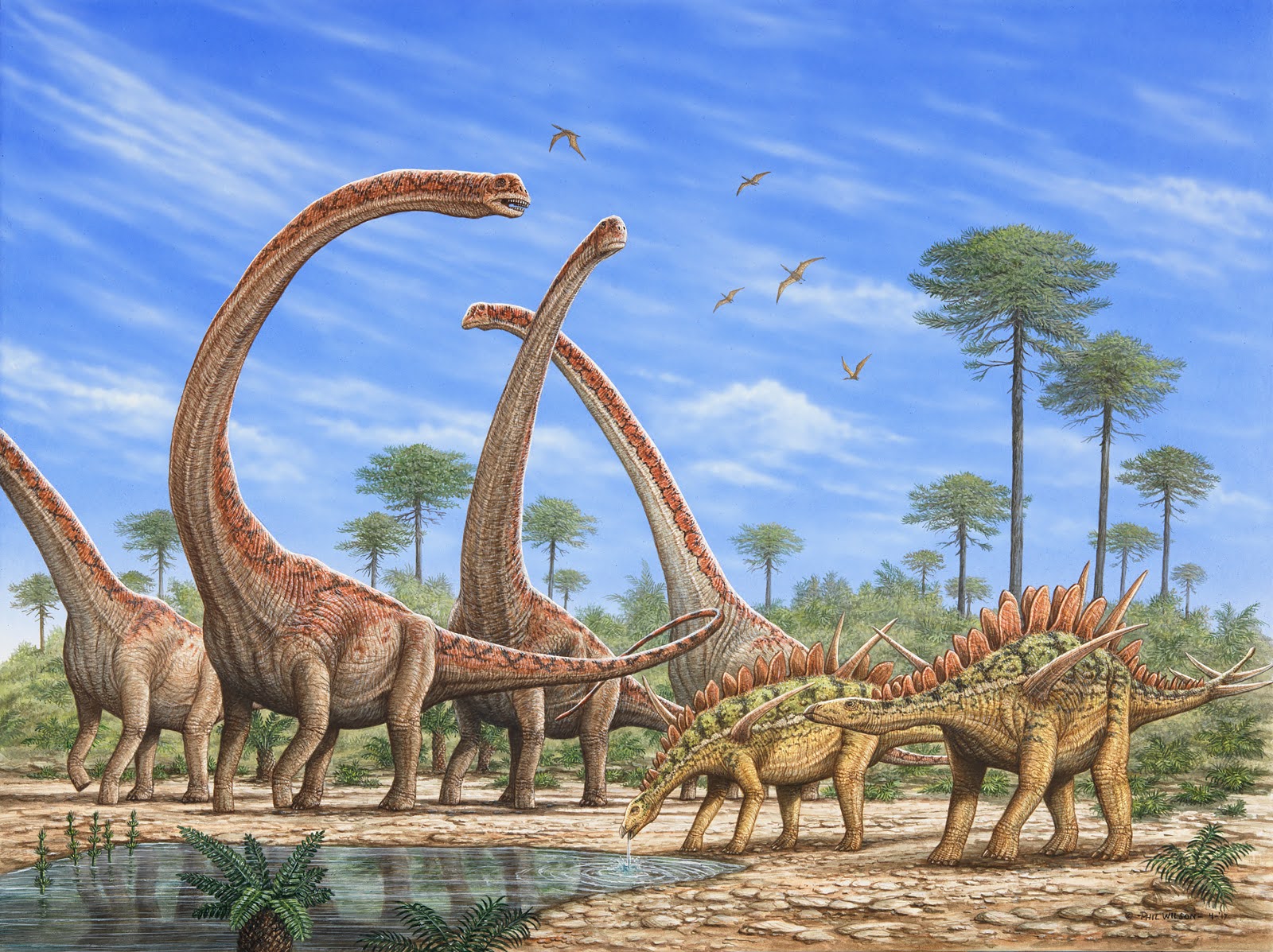Title: Timeless Water: Did You Know Dinosaurs Once Drank the Same Water You’re Drinking Today?
Introduction
Water is a fundamental element of life, and it connects us to the past in surprising ways. One remarkable fact is that the water we drink today has an ancient history dating back millions of years. Astonishingly, dinosaurs once roamed the Earth, quenching their thirst with the very same water sources that nourish us today. In this article, we will delve into the fascinating journey of water and explore how the water cycle has maintained its continuity over millions of years.
The Water Cycle: A Timeless Process
The water cycle, also known as the hydrological cycle, is a continuous process through which water circulates on our planet. It involves evaporation, condensation, precipitation, and runoff, ensuring that water is constantly replenished. This remarkable cycle has been in motion for billions of years, and the water we drink today has been recycled countless times.
During the time of dinosaurs, the Earth’s water cycle operated in much the same way as it does today. As rain fell, it filled lakes, rivers, and oceans, forming vast bodies of water. Dinosaurs would have consumed this water for hydration, just as we do now. Over time, through the process of evaporation, the water would have risen into the atmosphere, forming clouds and eventually returning as precipitation.
Geological Changes and Water Sources
While the water cycle has remained relatively consistent, the Earth’s geography has undergone significant changes over millions of years. Continents have shifted, mountain ranges have formed, and new water sources have emerged. However, the essence of water and its continuous journey has endured.
The water we drink today may not be the exact water that dinosaurs consumed, but it has mingled with the same ancient sources. As rainfall soaked into the ground, it filtered through layers of soil and rock, seeping deep underground into aquifers. These underground reservoirs store water for thousands of years, protecting it from contamination and preserving its pristine quality.
When we draw water from wells or access it through modern water treatment systems, we are tapping into these hidden reservoirs that have harbored ancient water for millions of years. It is a testament to the Earth’s remarkable ability to sustain and renew itself, providing us with the same life-giving resource that nourished our prehistoric counterparts.
Human Impact and Water Conservation
While the water we drink today shares a connection with the past, it is crucial to recognize the importance of water conservation and responsible usage. As our population grows and demands for freshwater increase, it is essential to protect and preserve this invaluable resource.
Human activities, such as pollution, deforestation, and excessive water consumption, can disrupt the delicate balance of the water cycle. Contaminants can infiltrate water sources, making them unsafe for consumption. Climate change also poses a threat, affecting rainfall patterns and exacerbating water scarcity in certain regions.
To safeguard our water sources for future generations, we must adopt sustainable practices. Conserving water through measures such as reducing wastage, using efficient irrigation methods, and promoting responsible industrial practices can help preserve this precious resource.
Conclusion
Reflecting on the incredible journey of water, it’s fascinating to realize that the same water molecules that once quenched the thirst of dinosaurs now flow through our bodies. This connection to the distant past highlights the timeless nature of our planet’s water cycle. As we enjoy a refreshing drink, let’s remember the importance of water conservation and responsible usage. By valuing and protecting this ancient resource, we ensure its availability for future generations. Let the knowledge of dinosaurs’ ancient thirst inspire us to cherish and preserve the invaluable gift of water, fostering a sustainable and harmonious relationship with our planet.
